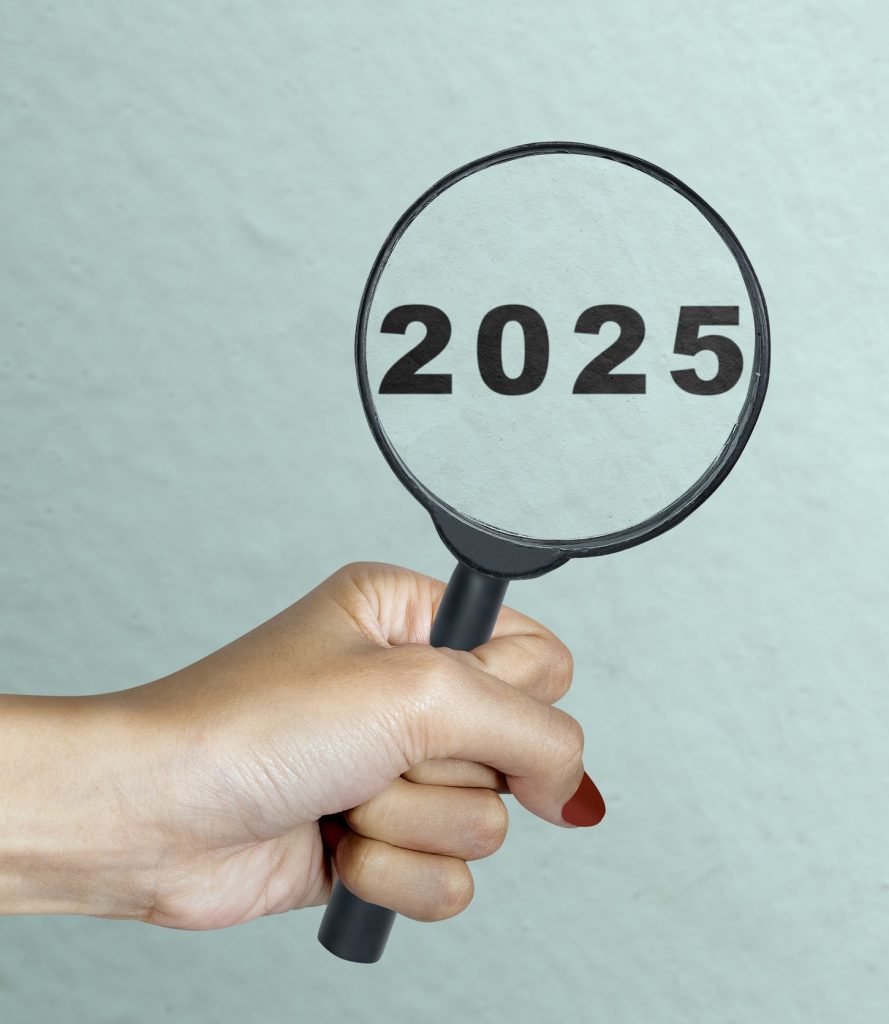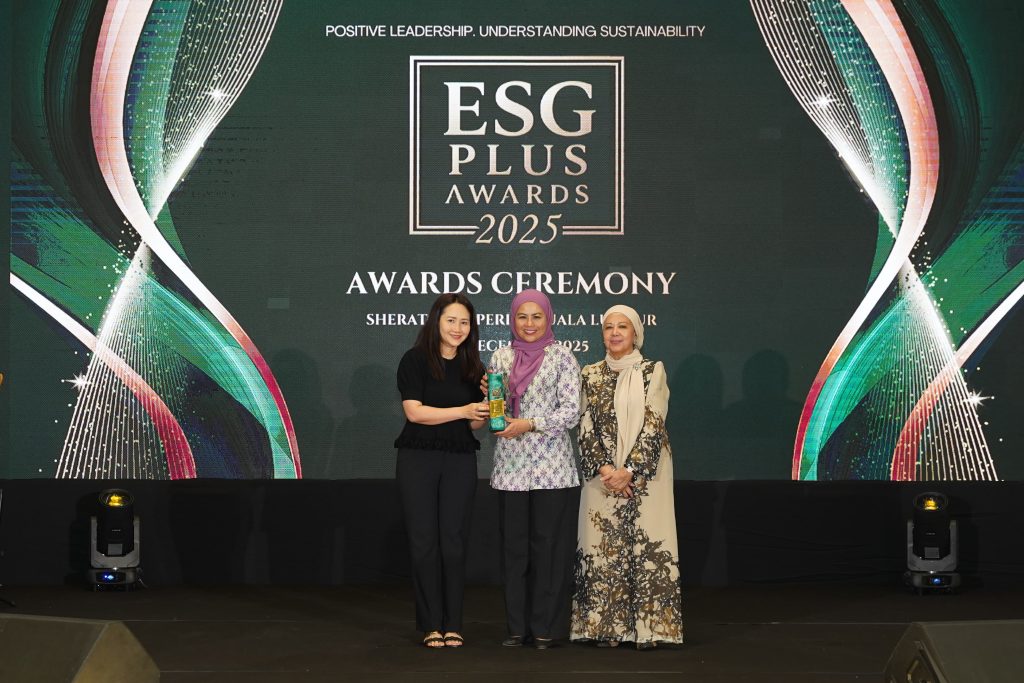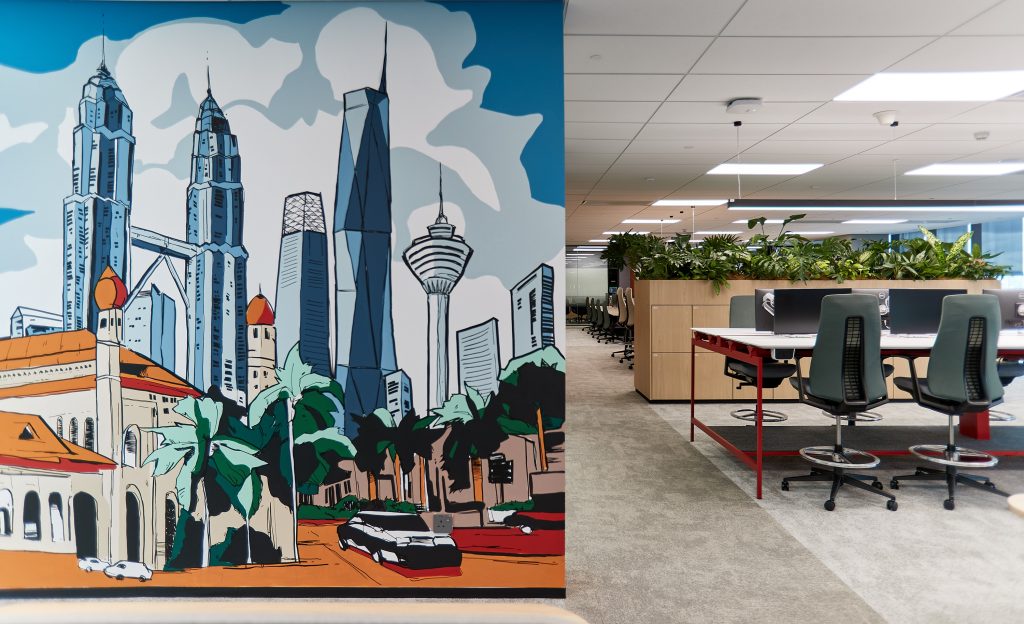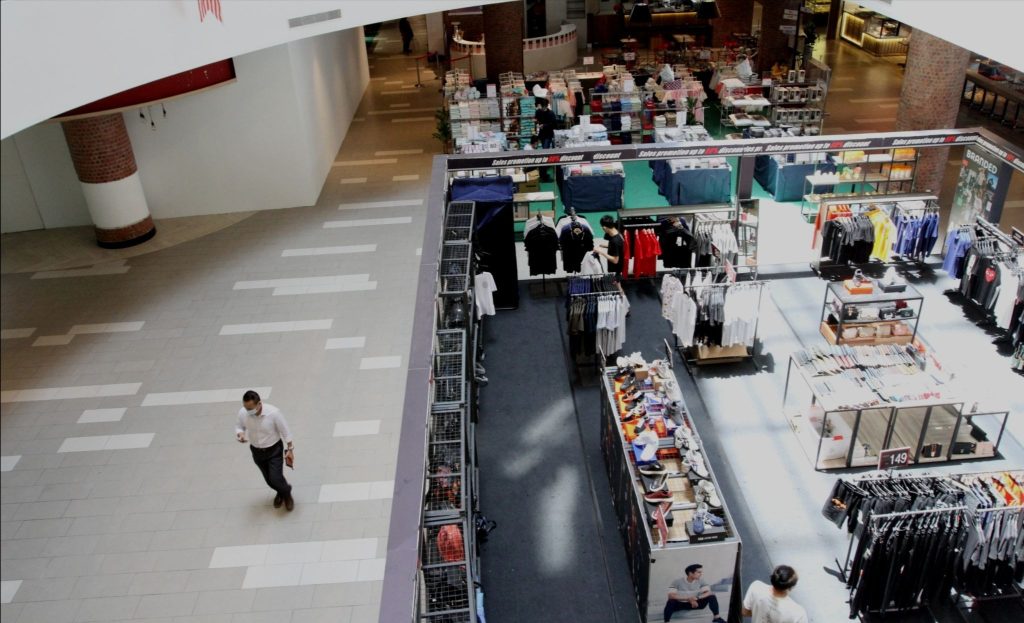Architects tasked with incorporating sustainability and technology into building designs
By Yanika Liew
The architecture industry is set to zero in on sustainability and technology as Malaysia turns a new page. With the 2023 shift to environmental, social and governance (ESG) initiatives, architecture trends look to increase efficiency in building design, supporting carbon initiatives and climate challenges.
“As observed from the last decades or so, the architectural trend in Malaysia has gradually moved away from just the superficial outlook of buildings into deeper meaningful and thoughtful solutions that affect the built environment holistically beyond solely aesthetics,” Veritas Design Group principal and director Azril Amir Jaafar said.
Malaysia, as Azril recognised, engages prominently with architectural issues and trends on a global scale. As a result, designs often mirror global trends.
However, even though the world view of the trend in Malaysia might be parallel with the rest of the world, at a more granular level, Malaysian architectural trends strive to be unique due to its cultural, climatic, local context and economic affordability, he pointed out.
“Both on a regional and global scale, the architectural landscape is currently shaped by the imperative for economic prosperity within economically challenging environments. A prevailing emphasis centres on efficiency, a crucial factor in navigating economic challenges, while concurrently enhancing well-being, joy, and functionality in design,” Malaysian Institute of Architects (PAM) immediate past president Sarly Adre Sarkum said.
“Environmental concerns are gaining heightened urgency as we approach the 2030 Sustainable Development Goals (SDG) targets,” he pointed out.
Architects are increasingly tasked with creating spaces that not only optimise resources but also contribute positively to the human experience, fostering environments that promote overall happiness and productivity.
Sarly noted that the current architectural discourse is becoming more attuned to sustainable and eco-friendly practices, reflecting a global commitment to address climate change and promote the responsibility for natural resources.
“In 2024, ESG issues will gain stronger momentum in influencing architectural trends in Malaysia due to the strengthening of the ESG ecosystem in the country. Many design decisions will lean towards fulfilling these requirements and compliance,” Azril added.
Through governmental guidelines, the focus on the environment began in 2009 due to the introduction of the Green Building Index (GBI). Azril noted that this will likely continue with increased emphasis in the direction of quantitative evaluation such as carbon footprint calculations in buildings.
This will result in the incorporation of features like solar panels, shading devices or climate modifiers features on facades, green walls and green roofs as well as material selections that influence the building form, impacting architectural trends.
Sarly agreed, noting that the paramount consideration in design endeavours should be the environmental challenges Malaysia currently faces, in our societal context.
“Striking a balance between sustainability, functionality and aesthetics is crucial to creating spaces that harmonise with both the natural environment and the communities they serve,” Sarly said.
Reduce, reuse, recycle
“For me, the most sustainable buildings are the ones that already exist. The demolition of buildings will cause the release of more embodied carbon to the atmosphere and on top of that, rebuilding new structures on the demolished site will release even more embodied carbon, thus further contributing to the overall global warming. Every little effort should be made towards carbon net zero,” Azril said.
Malaysia had lost some of the significant historical buildings over the years, Azril pointed out, citing Subang Airport Terminal One as one of these buildings.
“More efforts should be made to rejuvenate, regenerate or repurpose existing or historical buildings. This will make optimal utilisation of existing infrastructure since most of the infrastructure provision is normally concentrated within the already established neighbourhood,” he said.
The preservation of historical buildings similarly meant preserving national heritage, adding value to the identity of a city, with the potential to become unique attractions.
“Given that approximately 85% of our existing building stock is comprised of older structures, adaptive reuse becomes a pivotal strategy. Embracing this approach aligns with the government's plans to improve urban robustness and development,” Sarly said.
He cited the Ministry of Local Government Development’s (KPKT) upcoming implementation of Act 118, the Urban Redevelopment Act by KPKT, as a noteworthy development. The act would introduce more flexibility in the development of existing buildings, lowering the threshold of consensus for development from 100% to 75% among residents.
Previously, the 100% requirement greatly inhibited the redevelopment of buildings, leaving old buildings to waste away or be demolished. The act would also allow the conversion of office spaces into residential units in existing buildings, which bodes well for sustainable urban development.
“It is imperative for better environmental controls in Kuala Lumpur, especially with the ambitious goal of achieving zero carbon by 2050, as announced in the Kuala Lumpur Structure Plan 2040 underscores the critical need for concerted efforts in sustainable practices,” Sarly said.
One such platform is the Malaysia Carbon Score by the Malaysia Green Building Council, which allows for comprehensive measurement and evaluation of carbon footprints.
The industry must pay meticulous attention to environmental considerations and implement measures at all levels, Sarly noted.
“We live in a challenging moment where changes happen at an unprecedented rate… Alongside that, techniques, technologies and disrupters also break new frontiers that offer many opportunities for us to be more creative in looking for solutions as well as exploring forms and experiences never imagined before,” Azril added.
Progress forward
“It is crucial for not only architects but the entire industry, government, developers, et cetera, to adapt and leverage this technology to produce better designs and more meaningful outputs for the public. The integration of AI holds the promise of enhancing efficiency and precision in architectural processes,” Sarly said.
Objecting to the focus on trends in architecture, he noted that timeless designs, rooted in enduring principles, can resonate across generations, standing strong against the ephemerality of fads.
“Architecture, to me, is a manifestation of enduring beauty and functionality that transcends temporary fads,”
“My personal perspective leans toward designing spaces that stand the test of time, paying careful attention to environmental considerations, and embracing the transformative potential of emerging technologies in the architectural landscape,” Sarly said.
“Moreover, a profound emphasis should be placed on translating the lessons derived from vernacular architecture into modern constructs. The wisdom embedded in vernacular designs offers a tangible connection to our contextual framework, allowing for the creation of spaces that are not only aesthetically pleasing but also deeply rooted in the cultural and environmental fabric of a place,” he added.
He hoped to accentuate finding harmony between contemporary design principles and the timeless wisdom of architectural traditions, emphasising holistic and enduring solutions.
In line with the country moving towards a more developed nation and sophisticated society, Azril noted that building design is expected to be more regulated guided by the cities’ structure plans, urban guidelines, zoning requirements, other building regulations and higher technical compliance.
“This improved governance will reduce haphazard non-compliant development thus creating a more cohesive, orderly buildings, neighbourhood and urban fabric, resulting in overall higher standard of living,” he said.

“In 2024, ESG issues will gain stronger momentum in influencing architectural trends in Malaysia,” Azril said.
Stay ahead of the crowd and enjoy fresh insights on real estate, property development, and lifestyle trends when you subscribe to our newsletter and follow us on social media.














































